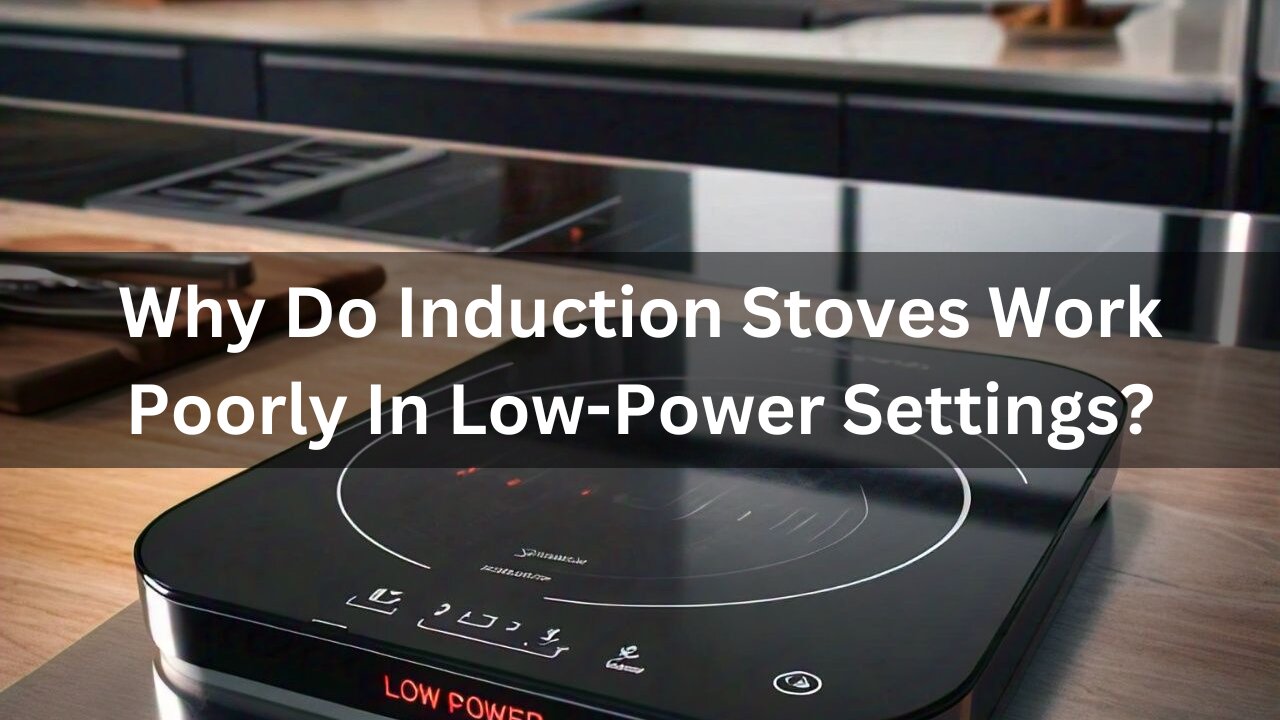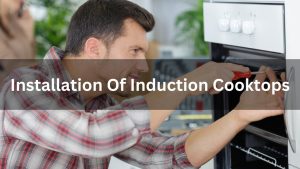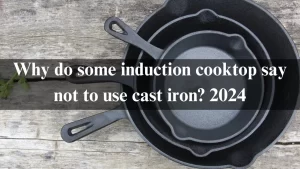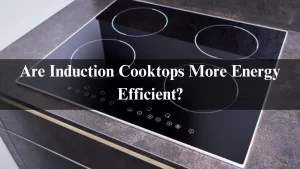Induction stoves are celebrated for their speed and efficiency, revolutionizing the way we cook. However, many users find themselves frustrated when trying to operate these appliances on low-power settings. If you’ve ever noticed that simmering sauces or gently melting chocolate can turn into a culinary challenge, you’re not alone.
The mystery behind this common issue has left many home cooks scratching their heads. Is it the stove? The cookware? Or perhaps something else entirely? Let’s delve into why induction stoves struggle at lower power levels and uncover solutions to enhance your cooking experience without compromising the deliciousness of your dishes.
Table of Contents
How Do Induction Stoves Work?
Induction stoves generate heat by creating an electromagnetic field that transfers energy directly to the cookware. Here’s a breakdown of this process:
- Magnetic Field: An alternating electric current runs through a copper coil beneath the stove surface, creating a magnetic field that interacts with ferrous (iron-containing) cookware.
- Direct Heat: This magnetic field induces electric currents within the cookware itself, creating heat directly in the pan rather than on the stove surface.
- Precise Control: Because induction cooking heats only the cookware, it’s highly efficient and allows for precise temperature control.

This efficiency makes induction stoves faster and cooler to the touch compared to traditional stoves. However, challenges arise when operating them at lower power levels.
What are Power Requirements of Induction Stoves?
Induction stoves have specific power requirements that enable efficient performance. Here’s an overview of what they need:
- High Wattage: Most induction stoves operate between 1,200 to 3,700 watts per burner, depending on the model.
- Dedicated Circuit: Induction stoves generally require a dedicated 220-volt outlet with 40-50 amp breakers to handle their power demands. If you’re switching from gas to induction, upgrading your electrical setup may be necessary.
- Stable Voltage: Proper installation by a licensed electrician is essential to ensure the stove operates at a consistent voltage, avoiding electrical issues or uneven heating.
While higher wattage supports quick heating, low-power settings can create problems that impact cooking performance, especially with delicate dishes.
Why Do Induction Stoves Struggle on Low-Power Settings?
Using induction stoves at low power can lead to several issues that make cooking certain dishes difficult:
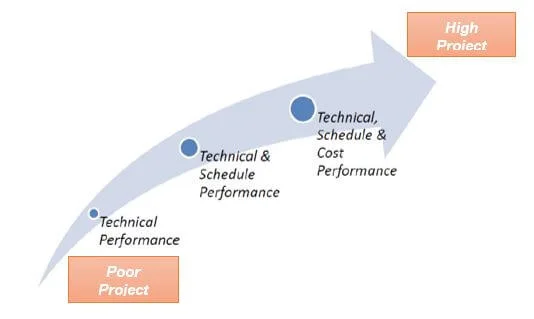
- Reduced Heating Efficiency: Low-power settings decrease the electromagnetic energy transferred to the cookware, leading to slower heating. This can be frustrating when trying to keep a pot gently simmering or melting chocolate evenly.
- Longer Cooking Times: When less intense heat is used, cooking times increase. This can be particularly challenging for dishes that need steady heat to cook evenly, like sauces or custards.
- Uneven Heat Distribution: Lower settings can result in inconsistent heating. Thin or lightweight pans often struggle to retain heat evenly, leading to uneven cooking results, especially on simmering tasks.
- Energy Consumption Considerations: Although low-power settings use less electricity, the extended cooking times can offset energy savings. Cooking on medium power might sometimes be more efficient if it reduces cooking time.
Understanding these factors can help you manage your expectations when using low-power settings on an induction stove, especially if your cooking style relies heavily on gentle heat.
Why Pulsing Technology Affects Low-Power Performance?
Induction stoves often use pulsing technology to control power levels. Here’s how it works and why it can be an issue:
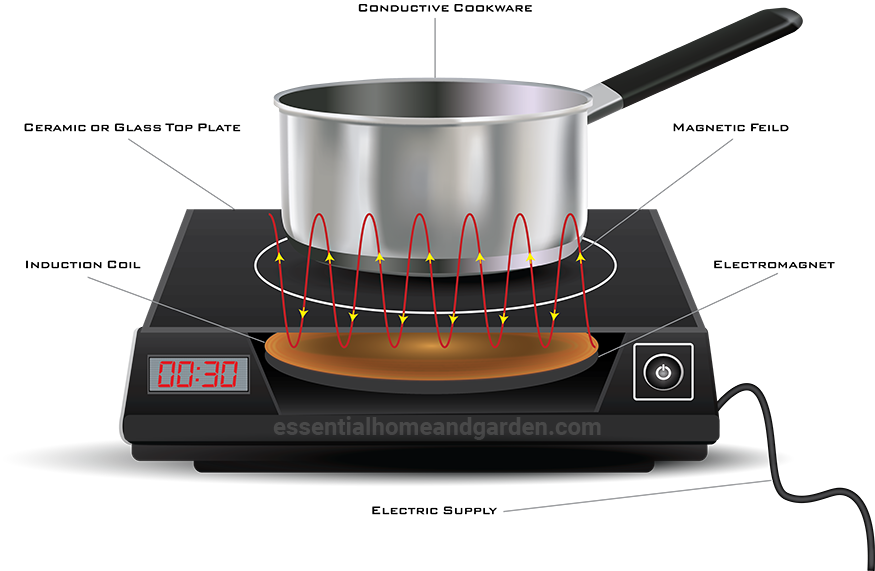
- Pulsing Mechanism: To maintain low power, induction stoves alternate between high and low pulses rather than delivering a constant low level of power.
- Temperature Fluctuations: This cycling can disrupt temperature stability, causing issues when cooking delicate dishes like sauces or melted chocolate.
- Inconsistent Results: The pulsing method can lead to uneven heating, requiring more attention to avoid scorching or uneven cooking.
Pulsing is efficient for bringing food to a boil, as it allows bubbles to form and collapse with each pulse, preventing boil-overs. But for simmering or melting, it can make achieving consistency challenging. Knowing when to use pulsing to your advantage—and when it might work against you—can improve your cooking experience.
Technical Reasons for Poor Low-Power Performance
Through experience and testing, I’ve found a few technical reasons for these low-power challenges:
- Cookware Variability: Different types of cookware affect induction performance. Cast iron and stainless steel hold heat well, providing consistency, while lightweight aluminum or copper-based pots can struggle at low settings due to heat dissipation.
- Minimum Wattage Constraints: Many budget induction stoves cannot go below 200 watts. This limitation makes it difficult to maintain low heat without burning delicate ingredients.
- Residual Heat: The rapid cycling can create a buildup of residual heat, affecting dishes that need precise, steady temperatures. Water, for example, holds heat well, so it can balance out temperature fluctuations more effectively than other ingredients.
These factors are crucial to understand when trying to cook at lower power levels. The quality of your induction stove and cookware can significantly impact your results.
Can You Avoid Low-Power Problems with Specific Cookware?
The cookware you use can make a difference in the performance of your induction stove on low-power settings. Here’s what to consider:
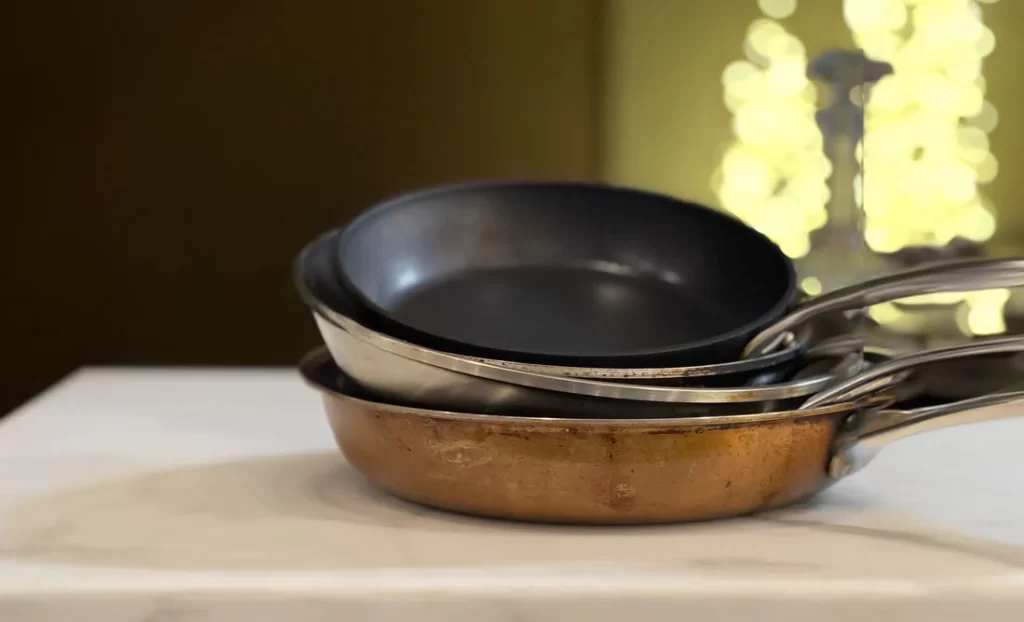
- Magnetic Stainless Steel or Cast Iron: These materials tend to perform well at lower temperatures, as they retain heat more effectively and distribute it evenly.
- Avoid Lightweight Aluminum or Copper: Cookware made from these materials often struggles at low settings, as they require higher power to maintain effective heating.
- Flat-Bottomed Pans: A good seal between the pan and stove surface improves energy transfer, which is especially important at low settings.
Investing in high-quality, induction-compatible cookware can go a long way in improving your experience, especially when cooking with delicate heat.
Not All Induction Stoves Are the Same: Understanding Brand Variations
Performance on low-power settings varies widely across induction stove brands and models. Here’s what to consider when shopping:
- Advanced Features: Premium models often have advanced features, like precise temperature control and better sensors, making them more reliable at low-power settings.
- Budget Models: Some budget options lack the technology to manage pulsing effectively, which can lead to inconsistent results.
- User Reviews and Specifications: Reading reviews and comparing specifications can help you choose an induction stove that aligns with your cooking style.
Taking time to research models that perform well at low power will make a big difference if you frequently cook at simmering or low temperatures.
Practical Tips for Improving Cooking at Low Power
If you’re working with an induction stove that struggles at low power, try these tips:
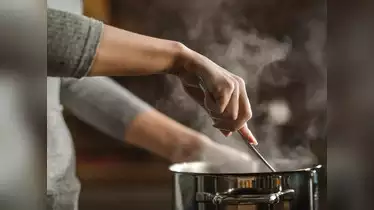
- Preheat the Cookware: Warming your pan before adding ingredients can help distribute heat more evenly.
- Use a Lid: Covering your cookware traps heat and moisture, which can speed up cooking without increasing power.
- Stir Frequently: Stirring helps distribute heat, preventing hot spots and promoting even cooking.
- Experiment with Burner Placement: You might find that certain burners perform better at low power.
- Be Patient: Cooking at low power often requires extra time, so plan accordingly to avoid rushing.
These techniques can help you get the most out of your induction stove, even at lower power settings.
Should You Avoid Induction Stoves Due to Low-Power Performance?
If you’re considering an induction stove, low-power performance is a valid concern. Here’s a quick overview of the pros and cons to help you decide:
- Pros: Induction stoves are fast, efficient, and offer precise temperature control, making them popular among chefs and home cooks alike.
- Cons: If you frequently cook at low settings, some induction stoves may be less reliable due to pulsing issues and temperature fluctuations.
Ultimately, if you value the energy efficiency and speed of induction stoves, you can work around low-power limitations by selecting the right cookware and using practical cooking techniques. If low-power cooking is central to your style, you may want to explore alternative stove types, like gas or electric, which may better suit your needs.
Conclusion
Induction stoves use electromagnetic fields to heat cookware directly, offering fast, precise temperature control and high efficiency by focusing energy on the pan instead of the cooktop. However, at low power settings, efficiency can drop, leading to longer cooking times and potential uneven heating.
Induction cooktops typically require a 220-volt outlet and 40-50 amp breakers for proper installation to handle their high power needs. While lower settings can save energy, they may not be ideal for tasks requiring fast cooking. Despite this, induction stoves excel at maintaining precise temperatures, making them ideal for delicate cooking.
To optimize performance, adjust the power settings based on the task. If issues arise, resetting the cooktop by cutting and restoring power or consulting the manufacturer’s instructions can help resolve operational problems.
Related Articles:
What Is The Biggest Problem With Induction Cooktops? 2024
Why Is My Induction Stove Giving An Electric Shock? Latest Info 2024
FAQS
What is the lowest temperature on an induction cooktop?
The lowest temperature on most induction cooktops is about 77°F to 150°F (25°C to 65°C), depending on the model. High-end models may have more precise low-temperature settings, ideal for keeping food warm.
How do you set the temperature on an induction cooktop?
Most cooktops have (+) or (-) buttons to increase or decrease the temperature. Some models offer a “Pressure Cook” setting for high heat or “Keep Warm” for low heat, depending on the task.
Does all cookware work well on low settings?
No. Cast iron and stainless steel are best at low settings, while lighter materials like aluminum or copper may need higher power to maintain heat.
Are induction stoves safe for all-day simmering?
Yes, but it’s best to use cookware with good heat retention, like cast iron, and avoid very low power settings, as pulsing can impact consistency.

